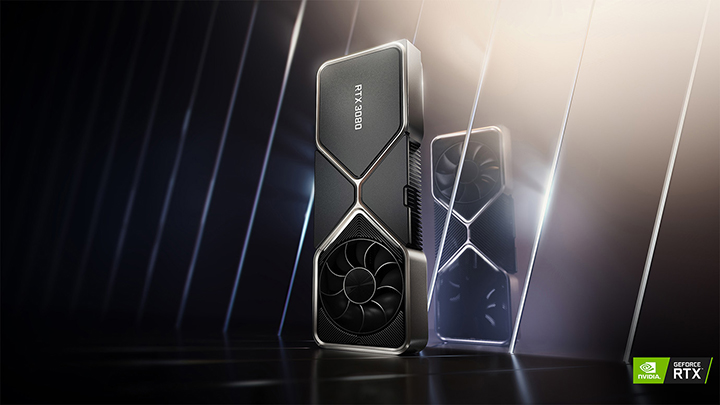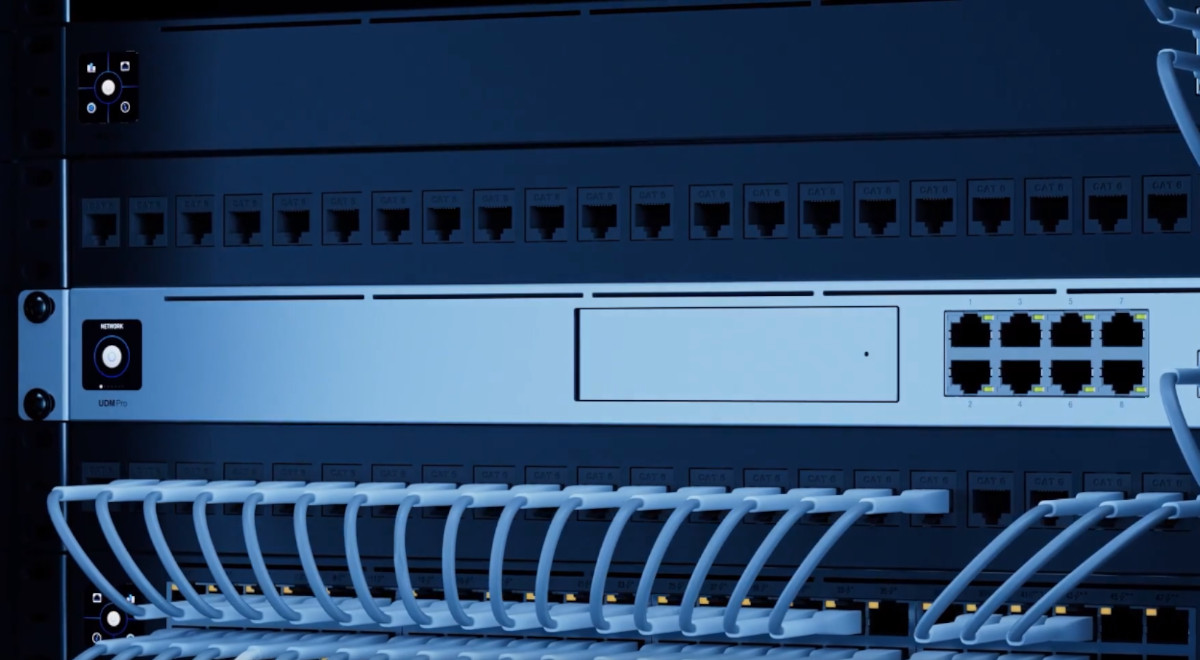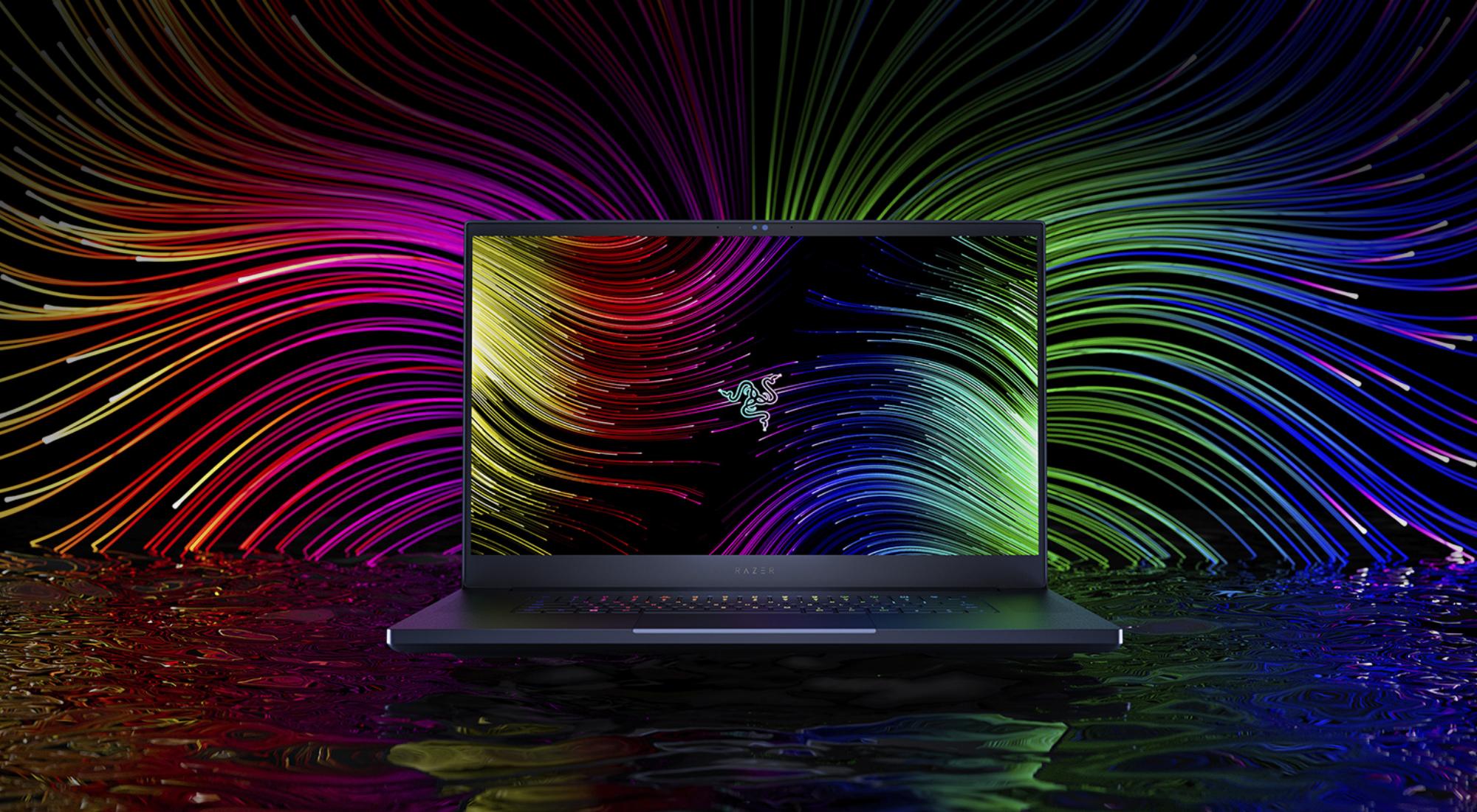RTX 3000 Series. What's new?

Graphics technology is always evolving. These days there’s a new graphics card that does slightly or in some cases, much better than its predecessor approximately, every 3-6 months. Graphics cards have been a big focus on the industry for some time, especially since the bitcoin/cryptocurrency boom with lots of people mining cryptocurrency using GPUs a few years ago (oh boy, we’re glad that’s slowed down!). Over the last 6 years, it seems like every year we’re treated with some new graphics tech. All the way back in 2014 we had the GTX 9series come out, followed by the GTX 10 series, then the RTX 20 and GTX 16 series and now coming in 2020, the new RTX 30 series.
A question we see popping up regularly is “Why?” and “Why would I need to upgrade?” Well, we don’t have a direct answer for you, but we will explain why there’s a lot of hype around the RTX 3070, RTX 3080 and RTX 3090 currently. What they can and will be able to do over the recent RTX 20 cards released in 2018 and 2019, explained below.

What’s is the RTX 30 series?
Powered by NVidia's newest architecture, Ampere. This is their 2nd gen RTX architecture after the GeForce RTX 20 series. The GeForce RTX 30 Series graphics cards feature faster 2nd gen Ray Tracing Cores, faster 3rd gen Tensor Cores and new streaming multiprocessors that together bring you the best-looking visuals, much faster frame rates, and AI acceleration for gamers and creators to give you that extra boost.
GeForce RTX 30 Series GPUs also feature several world firsts: they’re the first gaming-class graphics cards with up to 24GB of new, blazing-fast GDDR6X VRAM; they’re the first GPUs with HDMI 2.1, for 4K high refresh rate and 8K gaming; they’re the first discrete GPUs with support for the AV1 codec, enabling you to watch high-resolution streams using significantly less bandwidth; their Founders Edition cards are the first with innovative dual axial flow through cooling solutions and DLSS 2.0.

What are the specs?
A question of everyone’s mind, here are the main specifications:
|
Model Name |
Specifications |
||
|
RTX 3090 |
256 RT cores, 1024 Tensor cores, 1400MHz/1700 MHz base/boost clock, 21 TLFOPs, 10496 Cuda cores, 24GB GDDR6X, 19.5Gbps, 384bit |
|
|
|
RTX 3080 |
144 RT cores, 576 Tensor cores, 1440MHz/1710 MHz base/boost clock, 8704 Cuda cores, 10GB GDDR6X, 19Gbps, 320bit |
||
|
RTX 3070 |
112 RT cores, 448 Tensor cores, 1500MHz/1730 MHz base/boost clock, 16Gbps, 5888 Cuda cores, 8 GB GDDR6, 256-bit |

How does this improve over my RTX 20 series?
Good question. Well, there’s a lot of benefits to upgrading to the new 30 series. As mentioned above, some of the main features are fairly revolutionary.
Let’s start with HDMI 2.1. Why would you need it? Well, if you’re going to go with one of these new powerful graphics cards, then we’re going to assume you love you high-refresh rates and amazing graphics. That’s where HDMI 2.1 will help. Sure, you may need a TV or monitor that’s capable of supporting HDMI 2.1, but this will soon be the standard in the coming years.
With HDMI 2.1, you’ll be able to output very high resolutions, such as 4K or 8K (even less common, 10K resolution for industrial and commercial applications) at a very high refresh rate. HDMI 2.0b which you may have already heard of will provide you with a maximum resolution of 4K with a max refresh rate of 60Hz. With HDMI 2.1, you can output 4K at 120Hz or 8K at 60Hz. So not only can you upscale your resolution to a massive amount, but you’re also getting really high frame rates without compromising your graphics or resolution. Of course, you still also have the option of using DisplayPort 1.4a.
Of course, another feature which NVidia is boasting is the GDDR6X V-RAM that is integrated with the graphics cards, the cards can come with between 8GB -24GB V-RAM, depending on the model you choose to go with. System RAM is great for loading and running programs, but when you need graphics power, V-RAM is what’s required. With GDDR6X, it accelerates photorealistic 3D experiences at 1 terabyte per second, rates once thought impossible. What does that mean? Well, that’s another reason why these cards are extremely hyped up at the moment.
According to Digital Foundry’s review and testing of the RTX 3080 card vs the RTX 2080 Ti, on the same graphics settings on several games, the RTX 3080 had doubled the performance of the RTX 2080. For example, when they had tested Borderlands 3, which admittedly isn’t a very graphics-intensive game, but has some nice visuals, it’s also a fairly recent game so it’s a good starting point. The RTX 2080 Ti performed at the highest graphics at 100% (as a benchmark), the RTX 3080 side-by-side comparison shows it was running at 180%. So an 80% improvement in terms of overall graphics and performance. When testing a game with very demanding graphics and ray tracing features like Doom Eternal, it showed that the RTX 3080 was performing 90% better than the RTX 2080 Ti with the same settings. That’s a massive leap in performance considering it’s only been 2 years since the 2080 Ti release. So in most cases for most games, the RTX 30 series perform at 80%-100% better on most games. It’s said that the RTX 3090, which is more than double the price of the RTX 3080, is said to perform even better than the 3080 variant.

Wow, the benefits of the graphics are awesome! But what’s with the AV1 codec? How does that help me?
This feature is very interesting. You may have heard of video codecs such as H.264 and H.265 (as well as AV1) which use “lossy compression”. What’s that you ask? Well, to keep it simple, the video codec has two important metrics, the bitrate (or size) and the quality. AV1 will improve on these areas by approximately 30%. Delivering high resolutions and picture quality with less footprint on the bandwidth. Recently, Netflix has started streaming AV1 to some android viewers and plan to roll this out across their platform as it seems to be working much better. What’s that mean for the graphics card though? Well, streaming, in general, is everywhere, you can stream almost anything from, yourself playing video games, watching YouTube/Netflix, and even game streaming services are starting to become more popular. This feature will help improve performance and picture quality in any type of streaming you may be doing with less impact on the bandwidth.

It seems like there’s a lot of changes, but what else can it do? Is there anything I should consider or look out for?
And you’re right. There are quite a few changes and we’re not going to attempt to explain every little detail (there’s a lot). However, something to consider is the RTX IO feature that these graphics cards have. For example, the Xbox series X and the PS5 both boast extremely fast NVme 4.0 SSDs to improve loading times across all the games and even speed of the console in general. While SSDs are widely available and have been for some time on PC, they are quite pricey, especially with the recent NVme 4.0 SSDs. That’s where the RTX IO feature comes in. I won’t explain lossless decompression, that’s a whole other ballpark with a lot to it.
With video games starting to be within the 100GB+ range, this is kind of a “forward-thinking” feature, which will help games load extremely fast and in some cases, almost instantly without the wait time. This is for both loading into the game and rendering graphics information while in-game. So if you’re not looking to spend that extra few hundred for the new 4.0 SSDs along with your graphics card, then this feature will save you the hassle and generally improve the performance. In saying that of course, if you combined that with one of those 4.0 SSDs and you’ll probably forget that loading times are a thing, it’ll be that fast in some cases! The idea is that the GPU will dynamically utilize the bandwidth from system RAM, VRAM, and SSD to execute multiple tasks simultaneously at a much higher speed.

All the new technology sounds great. Is there any more new technology that NVidia is bringing to the table this time around?
Absolutely! Quite a few new features they’ve launched that won’t only help with graphics but in other areas as well
- NVIDIA Reflex: Become Instantly More Competitive.
What’s worth than dying your nemesis? Dying to your nemesis due to input lag, of course. Gamers always strive to find the best possible equipment to reduce any input latency when playing their games. NVIDIA Reflex is a new suite of technologies that optimize and measure system latency. Among these is NVIDIA's Reflex Low-Latency Mode, a technology being integrated into popular eSports games such as Apex Legends, Call of Duty: Warzone, Fortnite and Valorant that reduces latency by up to 50%, and NVIDIA Reflex Latency Analyser, which detects input coming from the mouse and then measures the time it takes for the resulting pixels to change on the screen. Reflex Latency Analyser is integrated into new 360Hz NVIDIA G-SYNC® eSports displays arriving towards the end of 2020 from Acer, Alienware, ASUS and MSI and supported by top eSports peripherals from ASUS, Logitech, Razer and SteelSeries. Measuring system latency has previously been virtually impossible for gamers to do, requiring over $7,000 in specialized high-speed cameras and equipment. Not anymore! You have this at your fingertips with the new RTX 30 series. - NVIDIA Broadcast: Stream Like a Pro.
The world’s 20 million live streamers can turn their home into a broadcast studio with NVIDIA Broadcast, a universal plugin that enhances the quality of microphones and webcams with RTX-accelerated AI effects, such as audio noise removal, virtual background effects and webcam auto frame. - NVIDIA Omniverse Machinima: Enriching a New Art Form.
Modern gaming continues to extend the storytelling art genre, in which game assets are used to create cinematic masterpieces. Omniverse Machinima makes such work easy, providing a path-traced viewer tool and engine designed for physical accuracy, simulating light, physics, materials and AI. Users can take assets from supported games, and use their web camera and AI to create characters, add high-fidelity physics and face and voice animation, and publish film-quality cinematics using the rendering power of their RTX 30 Series GPU.
So overall, it looks like the RTX 30 series is a huge improvement. When can I get my hands on them?
They’re out now! The RTX 3080 and 3090 had released in September 2020, as of writing this article, the RTX 3070 is expected to arrive sometime during October 2020.
We’ll be having some good deals on a whole bunch of RTX 30 series graphics cards so if you haven’t already, sign up to our newsletter through www.wireless1.com.au and keep up to date with our latest deals and newest products!












